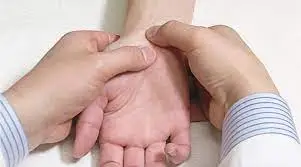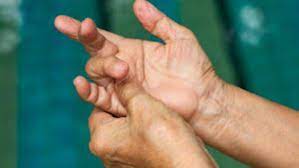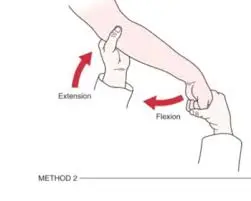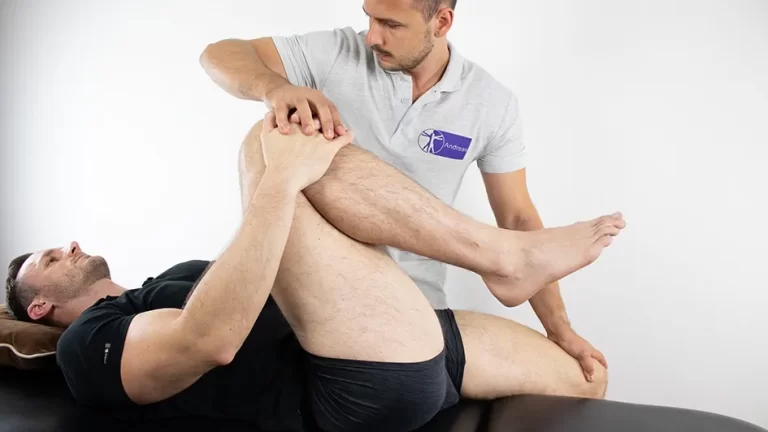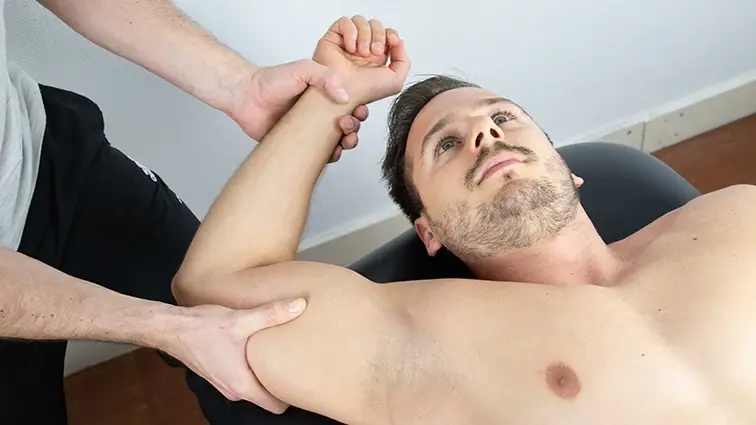Manual muscle testing of Elbow
Manual muscle testing of the elbow involves assessing the strength and function of specific muscles around the elbow joint. It is commonly used in physical therapy, rehabilitation, and sports medicine to evaluate muscle strength, detect muscle imbalances, and monitor progress during treatment. Here’s a step-by-step guide for manual muscle testing of the elbow:
Table of Contents
Elbow Flexion (MMT of Elbow flexors)
Testing muscles
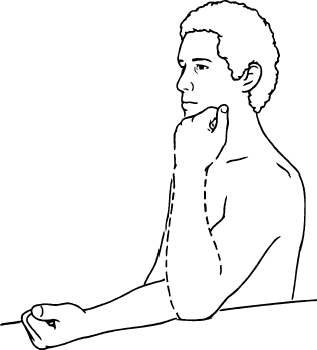
- Biceps brachii
- Brachialis
- Brachioradialis
Patient’s position
The position may vary slightly depending on the grade being tested:
For grades 0 to 1 testing patient should be in the supine position in which gravity is eliminated.
For grades 2 to 5, the patient should be seated or lying down with their arm positioned comfortably and fully extended. The position may vary slightly depending on the grade being tested:
- Grade 5: The patient’s arm is fully extended with their palm facing up.
- Grade 4: The patient’s arm is flexed to 90 degrees with their palm facing up.
- Grade 3: The patient’s arm is flexed to 45 degrees with their palm facing up.
- Grade 2: The patient’s arm is flexed to 45 degrees with their palm facing down.
- Grade 1 patients should be in a supine post and their arms is supported by the therapist and may be positioned in any comfortable position.
Therapist Position
The therapist’s position for checking elbow flexion manual muscle testing depends on the grade being tested. Generally, the therapist stands or sits facing the patient with their hands positioned to provide resistance at the appropriate point of the patient’s range of motion.
For example:
- Grade 5: The therapist provides resistance at the end of the patient’s full range of motion, with their hands positioned just above the patient’s wrist.
- Grade 4: The therapist provides resistance midway through the patient’s range of motion, with their hands positioned just above the patient’s wrist.
- Grade 3: The therapist provides resistance at the beginning of the patient’s range of motion, with their hands positioned just above the patient’s elbow.
- Grade 2: The therapist provides resistance at the beginning of the patient’s range of motion, with their hands positioned just above the patient’s elbow and supporting the patient’s arm.
- Grade 1: The therapist provides minimal resistance at the beginning of the patient’s range of motion, with their hands positioned just above the patient’s elbow and supporting the patient’s arm.
The specific position and instructions for each grade can vary slightly depending on the testing protocol being used. It is important to follow a standardized protocol to ensure accurate and reliable results.
How to test?
Explain the procedure to the patient.
Ask the patient to sit or lie down comfortably with their arm fully extended and their palm facing up.
Apply resistance against the patient’s wrist as they attempt to flex their elbow.
Grade the strength of the patient’s elbow flexors according to the following scale:
- Grade 5 (Normal): The patient can flex their elbow against full resistance.
- Grade 4 (Good): The patient can flex their elbow against moderate resistance.
- Grade 3 (Fair): The patient can flex their elbow against gravity but not against resistance.
- Grade 2 (Poor): The patient can initiate elbow flexion but not against gravity.
- Grade 1 (Trace): The patient is unable to initiate elbow flexion but there is a palpable contraction of the muscle.
Repeat the test on the other arm for comparison.
Elbow Extension (MMT of Elbow Extensors)
Testing muscles

Triceps brachii
Anconeus
Patient’s position
The patient should be in the prone position with the test side shoulder in a nearby 90-degree abducted
The patient’s examined side forearm is hanging at the side of the bed. His upper arm should be supported on the bed to the elbow.
To assess grades 0 to 2, the patient should be in a gravity-minimum position. In supported sitting with feet flat on the ground. The shoulder remains in the unchanged position.
Therapist’s position
The therapist should be positioned at the side of the patient for all grades of elbow extensors manual muscle testing. However, the therapist may need to adjust their position slightly depending on the grade being tested.
It is important for the therapist to maintain proper body mechanics and avoid excessive force during the test to prevent injury to both themselves and the patient
How to test?
Explain the procedure you perform on the patient before starting the MMT.
Position the patient in a seated position with their arm resting on a table or other stable surface.
Ask the patient to extend their elbow as much as possible.
Apply resistance to the patient’s wrist or hand, depending on the grade being tested.
- For grade 3, provide slight resistance to the patient’s wrist or hand as they attempt to extend their elbow.
- For grade 4, provide moderate resistance to the patient’s wrist or hand as they attempt to extend their elbow.
- For grade 5, provide strong resistance to the patient’s wrist or hand as they attempt to extend their elbow.
Observe the patient’s strength and note any weakness or inability to perform the movement.
Repeat the test on the opposite arm if necessary.
Note down the results in the medical record of the patient’s file.
Precaution:
Remember to perform the tests smoothly and avoid jerky or sudden movements. If at any point the person being tested experiences pain or discomfort, stop the test immediately and evaluate the situation.

